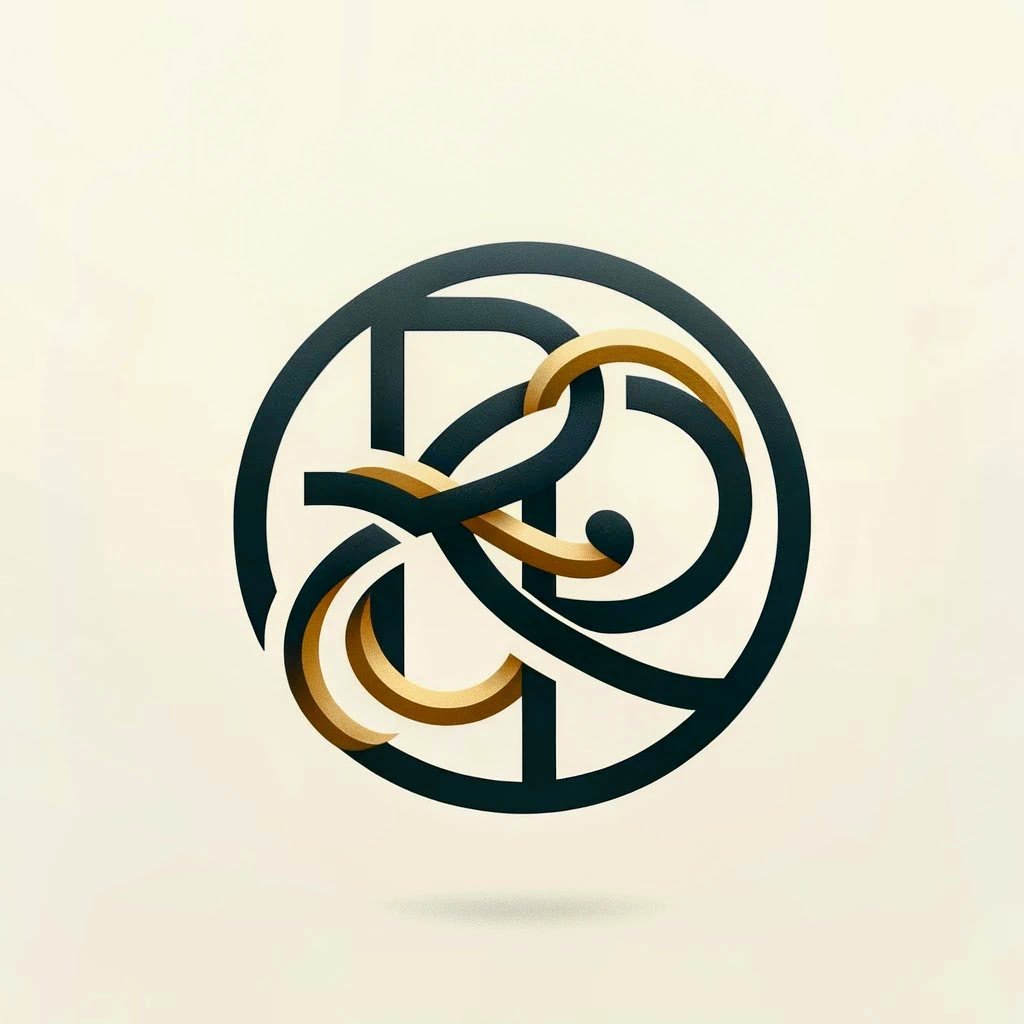Consuming Content: Of feeds, tweets and flips
Most of you are probably reading this from a share on Facebook or a tweet. And this is a totally low-key blog. Now if you extrapolate this to how we consume news and content in general today- it is not much different, just more sophisticated. This post features a few of the most popular content consumption and article storage mechanisms. I use some of them and love it. If you have either iOS or Android on your smartphone or tablet or even a PC, you should consider some of these means to consuming content.The Feed: The RSS feed has been around for a while now. To me, it still is the best form of aggregating information passively without having to manually fetch it. At first, email programs (Outlook, Thunderbird) integrated a way to update RSS feeds as did browsers. But the real step forward was when Google Reader was launched. To me, it is the best way to subscribe and consume content in one place. Google recently made some changes to Reader that were a tad unpopular to the Reader elite. But to me, Google Reader is "the" most useful app on a PC/Android phone to consume content.On my Android phone, I have grown to love and enjoy Feedly. Feedly can either aggregate general content of interest within specific topics or serve as a frontend to your Google Reader account. In all honestly, feedly on Android is easier to use and on the eye than Google Reader. Feedly is also available as a Chrome/Firefox add-on for your PC/Mac and for iOS.The Tweet: Most of us either tweet (small set of people) or follow tweets (a lot of us). Twitter to me, offers a pithy way to convey your message or alternatively share links to more long form content. Every celebrity, sportsperson, politician, newspaper, journalist worth their salt is on Twitter. Twitter can be used to consume content if it is your chosen medium. It could either be via visiting their website (beware of the not so rare whale informing you that their servers are clogged), using Chrome/Firefox extensions or via the innumerable Twitter apps on Android/iOS/Blackberry OS/Windows Phone Marketplace. I used to be a fan of Tweetie (now folded into the main Twitter client) and Twitterific (on iOS). I use Tweetdeck (also owned by Twitter) on my Android phone.See now, read later: Here were wonderful aggregator services. But these mechanisms were sometimes offering links to long form content at times of the day or week when it was impossible to consume them. Hello Instapaper and ReadItLater. Both these apps/services allow the reader to store links and articles that they would like to read later in a form that made it comfortable to consume them. Instapaper is unfortunately not on Android but available for PC, Mac, iOS and Kindle platforms. ReadItLater is a similar product that is available on Android in addition to all the platforms that Instapaper is available on.New kids on the block: The iPad changed a lot of things along with the fortunes of Apple. It offered a completely new way to experience content. It had a large audience which made app developers build tablet specific apps, especially for content consumption. I would like to highlight three of the new kids on the block, so to say- Pulse, Flipboard and Google Currents. While the former two are real new kids on the block, Google Currents is a new Google product that aims to do much of what Pulse and Flipboard do.These three interactive reading interfaces- Pulse, Flipboard and Currents would not have been possible if it were not for the iPad and other tablets. They make it more interesting to read and digest what could otherwise be plaid information bytes. And did I mention, they are just a joy to use?. All three of them are free and I strongly suggest that you pick up one of more of them for your smartphone/tablet.Not to be left behind, content producers are adopting all forms of social media to reach as many people as possible. They offer bytes on Facebook and Google+ in addition to beefing up their own online offerings. Your trusty old newspaper might be facing strong headwinds but there are new and unique ways by which news is being created and consumed- reaching a much bigger audience and a whole new generation.

